Glaucoma

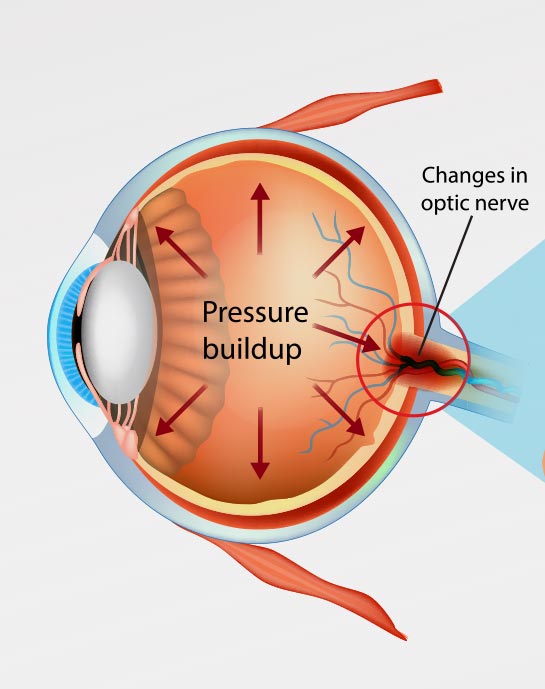
What Causes
Glaucoma?
What are the Symptoms of Glaucoma?
Once glaucoma has developed, symptoms may include:
- Blurred Vision
- Headaches
- Eye Pain
- Loss of peripheral vision
- Bloodshot eyes
- Seeing halos around lights
How is Glaucoma Diagnosed?
- Tonometry: Tonometry is a procedure that checks the intraocular pressure (IOP).
- Pachymeter: A pachymeter test measures the thickness of the cornea. A thin cornea and high IOP show glaucoma or the possibility of developing it.
- Gonioscopy: This is a test that looks at the anterior chamber, which is the front part of the eye. A gonioscopy checks whether the trabecular meshwork, where the aqueous humor drains out, is closed or open.
- Optic Nerve Imaging: This test called the OCT helps to detect early nerve damage before vision loss.
- Visual Field Testing: This test checks for any vision loss. It helps gauge the progress of glaucoma.
A comprehensive eye exam may involve most of these tests. This allows ophthalmologists at Westlake Eye Specialists to detect glaucoma at an early stage.
How is Glaucoma Treated?
Durysta
Eye Drops
Eye drops decrease the intraocular pressure in the eye. They relieve the pressure on the optic nerve, preventing further damage.
Types of glaucoma eye drops include beta-blockers prostaglandin analogs, alpha agonists, carbonic anhydrase inhibitors, and rho kinase inhibitors. These eye drops work in two ways:
- They increase the rate of drainage of the aqueous humor from inside the eye
- They decrease the rate of production of the aqueous humor
Eye Surgery

Minimally-Invasive Glaucoma Surgery (MIGS)
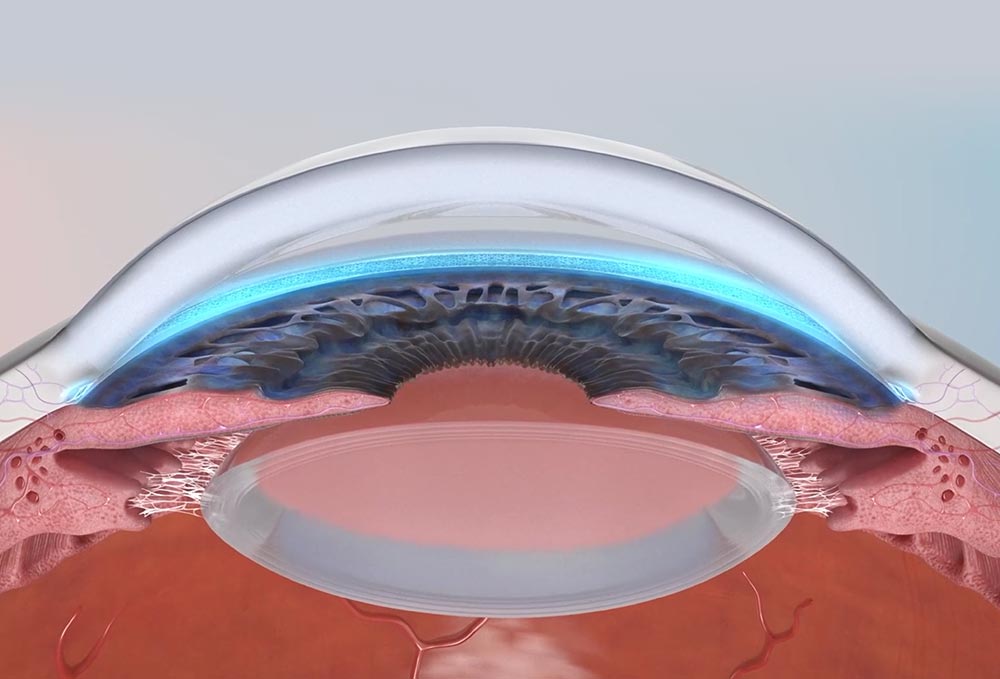
The OMNI Glaucoma Treatment System
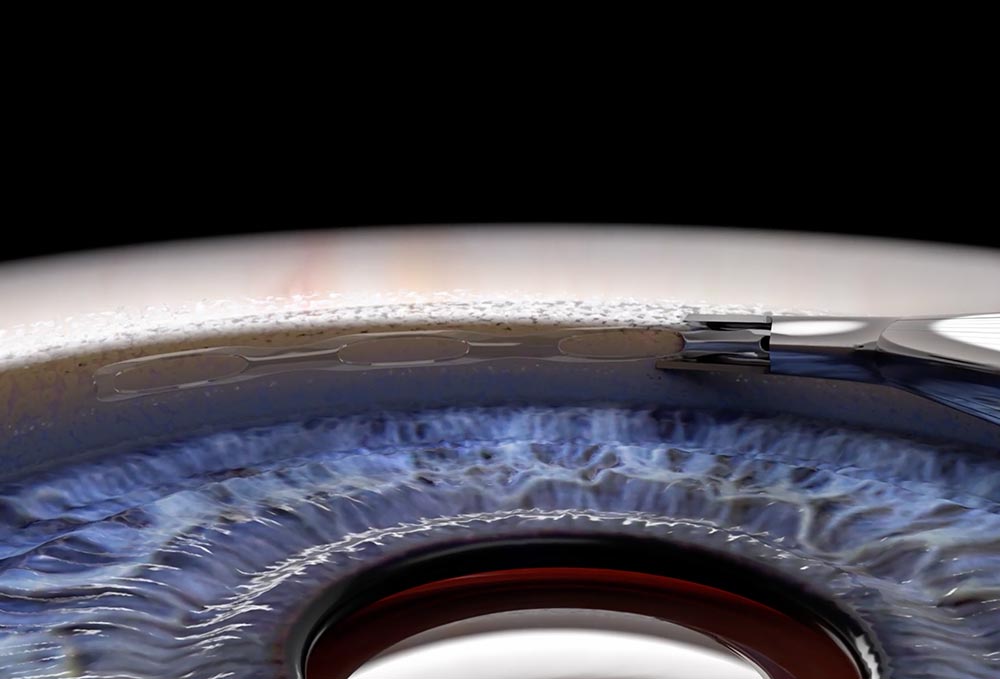
Hydrus Microstent
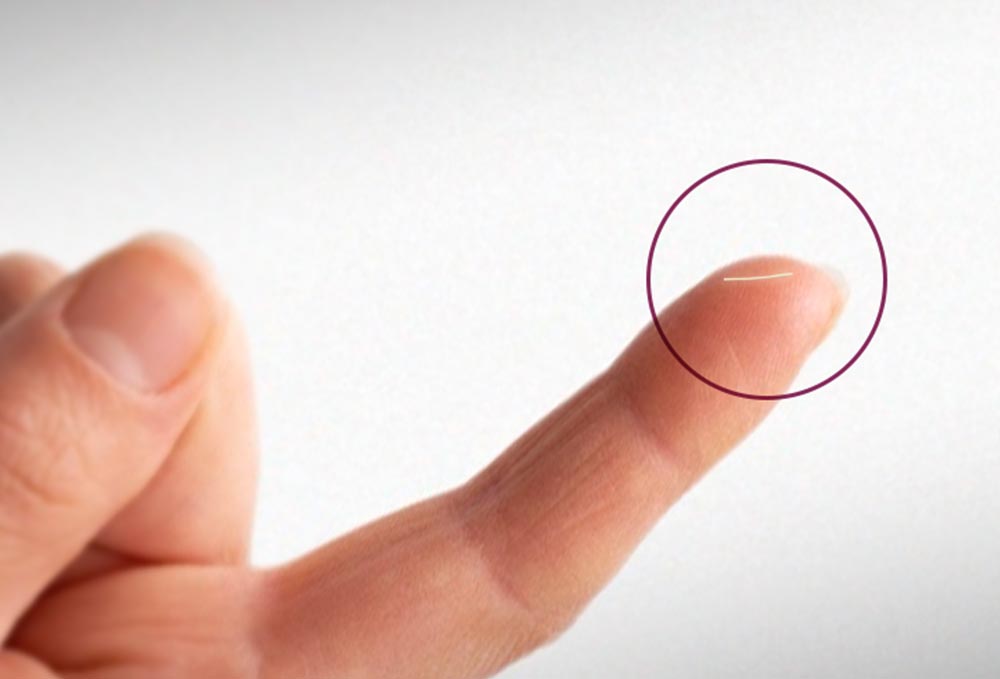
The XEN® Gel Stent
Trabeculectomy
Ahmed Valve Implant
The Ahmed valve is a silicone drainage device that lowers eye pressure. It does this by allowing fluid to leave the inside of the eye through a tube. The valve is implanted onto the white part of the eye. Its silicone tip is then pierced through to the inside of the eye, and it is permanently sewn in. The tip is microscopic in size, clear in color, and sits in front of the iris. It is not visible to the naked eye. The inside of the tube has a valve in place so that fluid only exits the eye as it builds up. This surgery takes about an hour to undergo.
Before Surgery:
Patients undergo glaucoma surgery at an outpatient surgery center with mild sedation and a numbing injection to the eye which deadens all sensation. The eye is prepped with eye drops before surgery. If patients are on any blood-thinning medications, they are usually asked to stop them about 1 week before surgery.
After Surgery:
The eye is patched and shielded after the surgery is complete. This patch is then left in place until the next day and removed in the clinic. Patients then begin a series of drops to the eye that is slowly tapered off over 1 month. Vision returns over a period of 1-2 weeks and patients are seen up to 1-2 times a week if needed.
During visits, more anti-scarring medication is sometimes added to the eye. A contact lens may be placed on the eye as needed.
Patients are asked not to bend over, lift heavy things, or get the eye dirty during the healing period.
Laser Treatments
Selective Laser Trabeculoplasty (SLT)
Laser Peripheral Iridotomy (LPI)
Cyclophotocoagulation
Are There Any Side Effects When Undergoing Glaucoma Treatments?
Is Glaucoma Preventable?
Normal-Tension Glaucoma Risk Factors
- Japanese ethnicity
- Family history of glaucoma
- Cardiovascular disease
- Autoimmune Disease

Open-Angle Glaucoma Risk Factors
- Family history of glaucoma
- Thin corneas
- High pressure in the eyes
- The suspicious appearance of the optic nerve with increased cupping
- 60 years and older for the general population or Mexican Americans
- Being 40 years and older for African Americans
- Use of corticosteroids such as creams, eye drops, inhalers, and pills
- Eye injury or surgery
- Diabetes
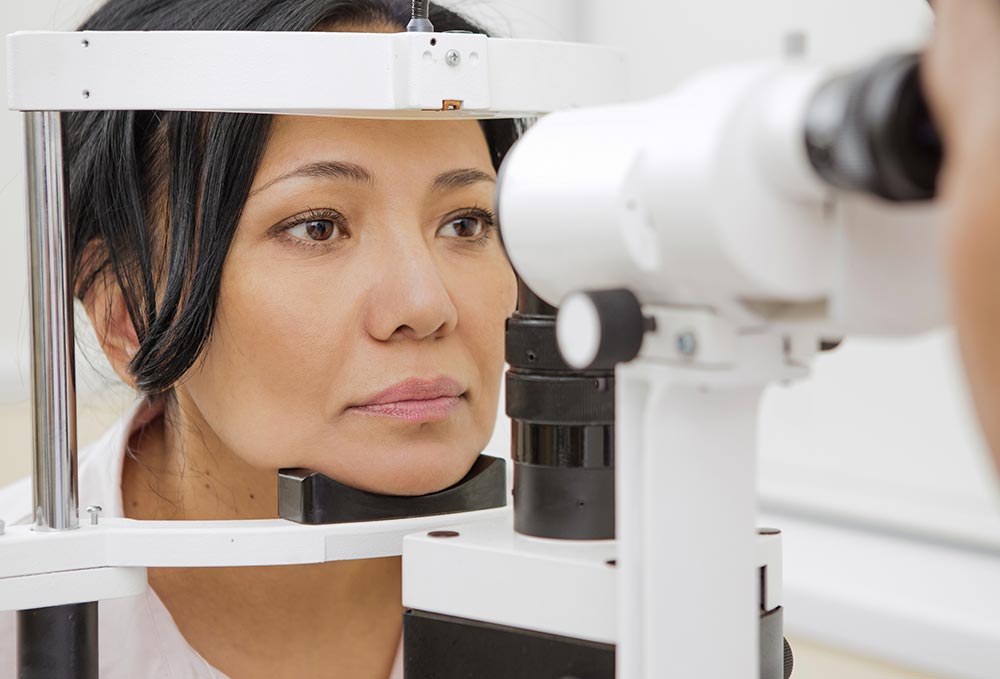
Angle-Closure Glaucoma Risk Factors
- Inuit and East Asian ethnicity
- Family history of glaucoma
- Eye surgery or eye injury
- Farsightedness
- 40 years and above
Lowering the Risk of Glaucoma
- Avoid smoking
- Maintain a healthy weight
- Exercise daily
- Reduce caffeine intake
- Control medical conditions such as high blood pressure
- Go for frequent, comprehensive eye exams
Glaucoma is one of the leading causes of blindness in the world. One of your best lines of defense is having regular eye exams. Our eye doctors specialize in the diagnosis and surgical management of glaucoma.

